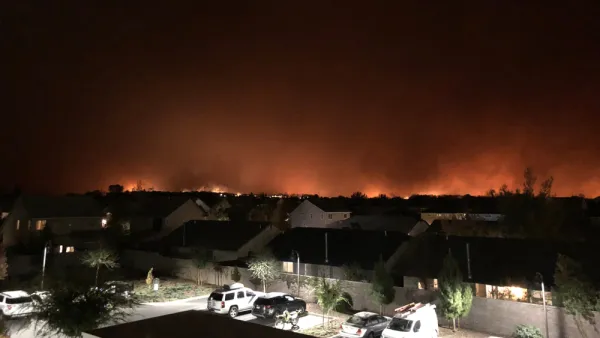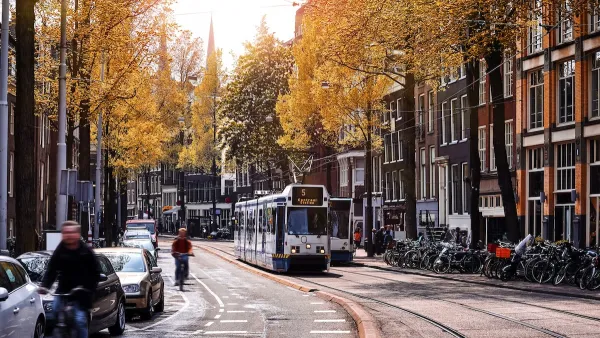InTransition magazine examined the daunting difficulties transportation authorities and the public faced while trying to evacuate Tokyo on the day of the Great Tohuku Earthquake in March.
The article reports that despite a "synchronous failure" of the region's transportation network, infrastructure and technologies, people overall managed to keep calm and get home safely.
"It was 2:46 p.m. on a Friday, three hours before most of Tokyo's huge population of office workers would head home. The transit system was busy with typical off-peak riders, such as shoppers, tourists and children returning from school. With the confirmed detection of a major earthquake (the exact magnitude was, at first, underestimated), all of the major trains were shut down on the spot by operators whether they had power or not. ..."
"[O]f all places, Tokyo, with its huge LED displays and bright-as-daylight-even-at-night intersections, has so often served as the ultimate showplace: Here is how the future will look and how it will work. But the earthquake kicked it over as easily as Godzilla wreaked havoc on cardboard and plaster versions of Tokyo in one of the old movies. Those modern pieces of infrastructure-all hooked together like nerves and circuits to make the city actually run-failed. Sometimes they failed singly, sometimes in groups, but altogether they left a very large metro- politan area minus much of its vital infrastructure, including, of course, the rail systems that weave Tokyo and the larger Kanto area together. ..."
Thanks to Karl Vilacoba
FULL STORY: How a Shaken City Kept Steady Nerves

National Parks Layoffs Will Cause Communities to Lose Billions
Thousands of essential park workers were laid off this week, just before the busy spring break season.

Retro-silient?: America’s First “Eco-burb,” The Woodlands Turns 50
A master-planned community north of Houston offers lessons on green infrastructure and resilient design, but falls short of its founder’s lofty affordability and walkability goals.

Delivering for America Plan Will Downgrade Mail Service in at Least 49.5 Percent of Zip Codes
Republican and Democrat lawmakers criticize the plan for its disproportionate negative impact on rural communities.

Test News Post 1
This is a summary

Test News Headline 46
Test for the image on the front page.

Balancing Bombs and Butterflies: How the National Guard Protects a Rare Species
The National Guard at Fort Indiantown Gap uses GIS technology and land management strategies to balance military training with conservation efforts, ensuring the survival of the rare eastern regal fritillary butterfly.
Urban Design for Planners 1: Software Tools
This six-course series explores essential urban design concepts using open source software and equips planners with the tools they need to participate fully in the urban design process.
Planning for Universal Design
Learn the tools for implementing Universal Design in planning regulations.
EMC Planning Group, Inc.
Planetizen
Planetizen
Mpact (formerly Rail~Volution)
Great Falls Development Authority, Inc.
HUDs Office of Policy Development and Research
NYU Wagner Graduate School of Public Service





























